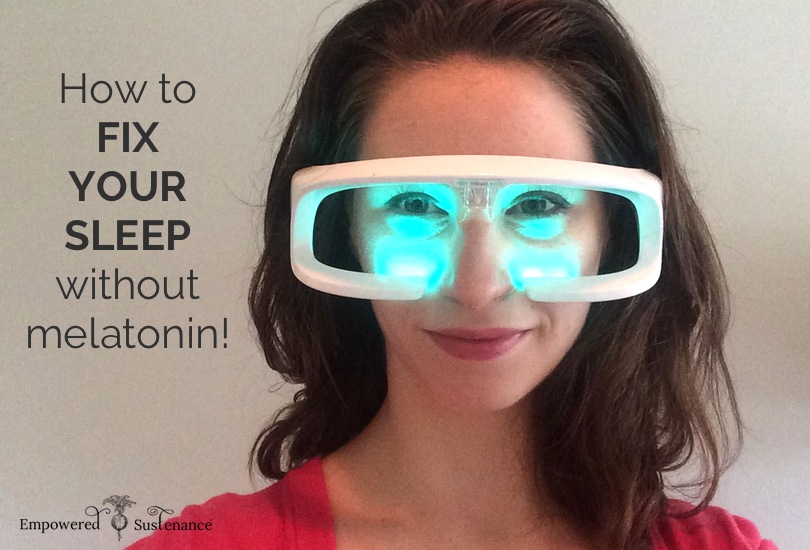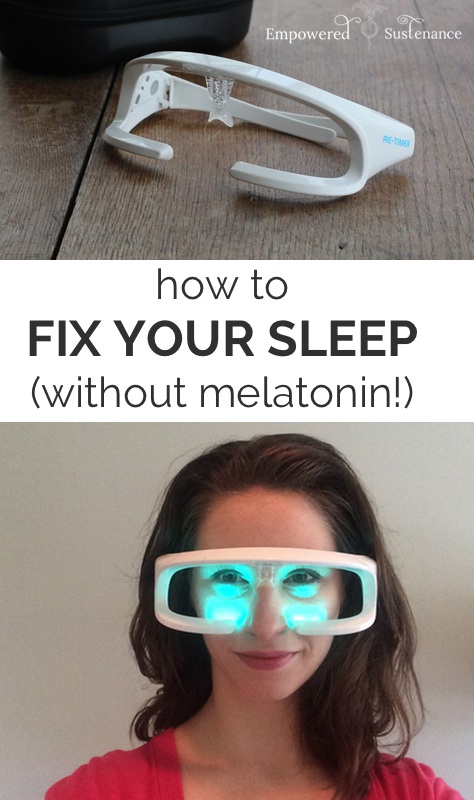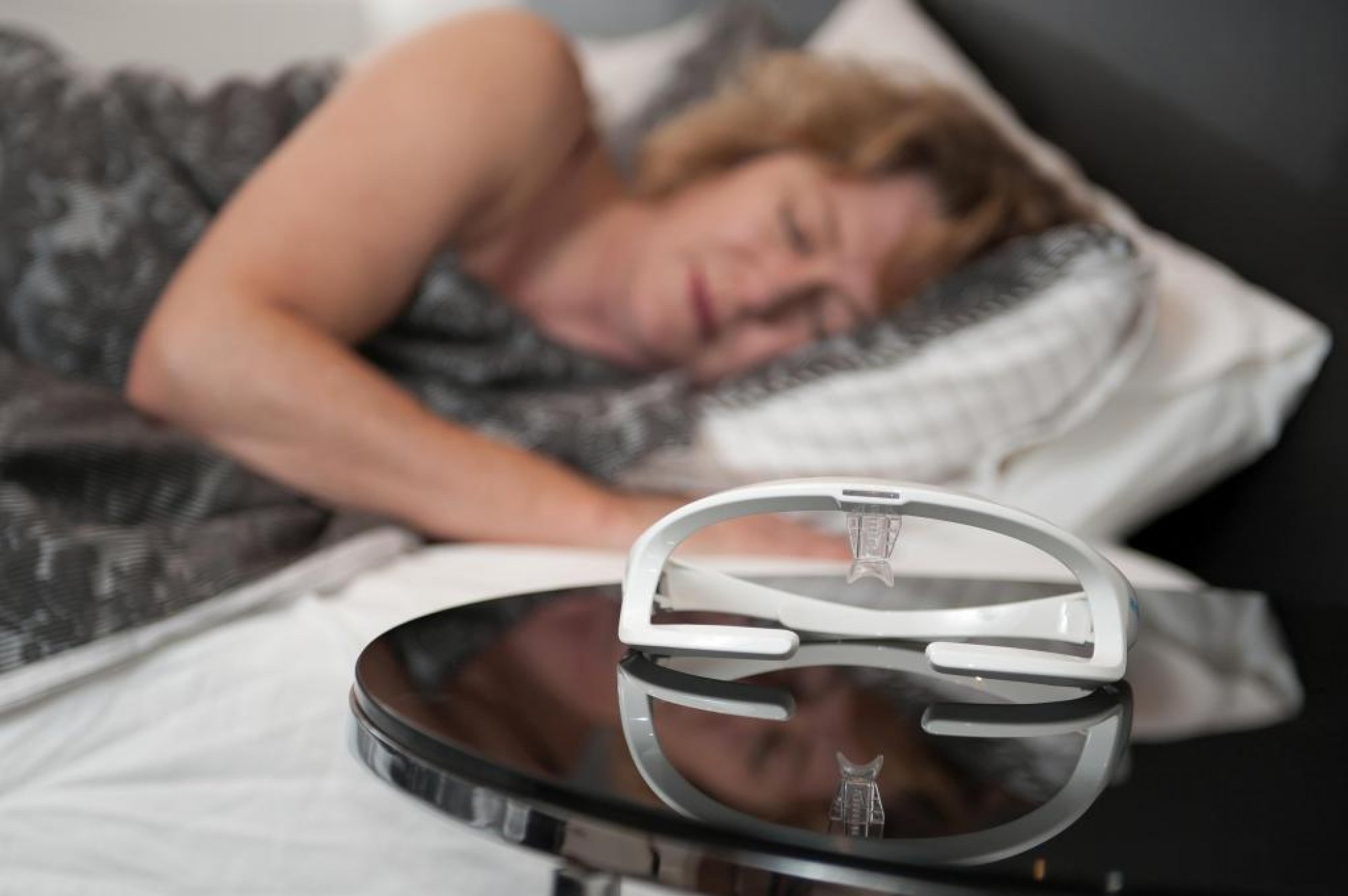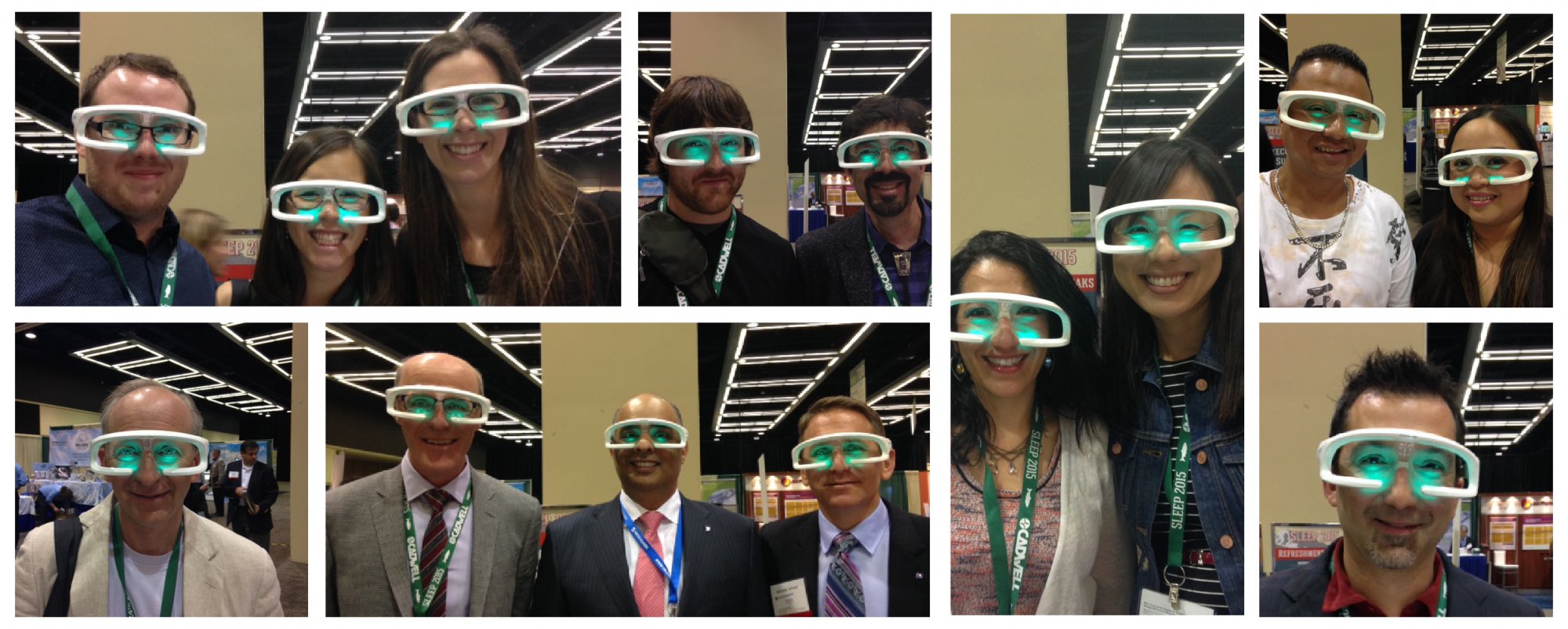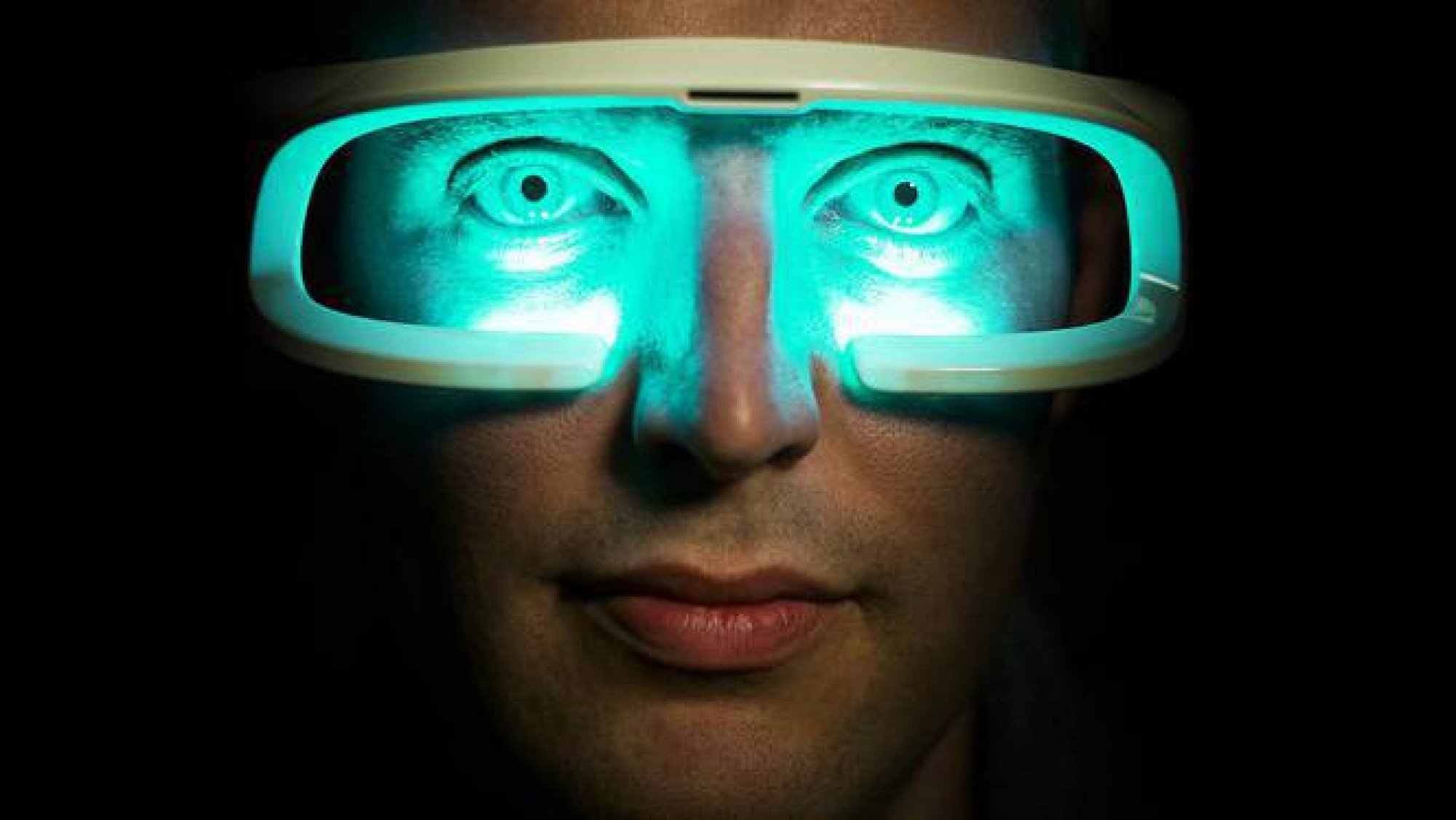We’re breaking down the confusion and common misconceptions about good sleep practices with these 5 everyday lifestyle habits that can have an effect on your sleep.
1. Caffeine
How many times across the day do you have caffeine and at what times? Caffeine is a powerful stimulant that increases your alertness. The ‘half-life’ of caffeine is about 6 hours in healthy individuals (longer for older people and people with insomnia). Therefore, if you have a cup of coffee at 4 p.m., half of the maximum stimulating effect is still there at 10 p.m. Therefore, it is best to avoid caffeine from the mid-afternoon. That cup of tea or coffee after your evening meal will reduce your ability to fall asleep that night or, if it doesn’t stop you from falling asleep, it may still lighten your sleep later in the night.
It’s easy to underestimate how much caffeine you actually have over a day. Don’t forget that caffeine is also in soft drinks such as colas, “energy” drinks, and certain over-the-counter medications. Chocolate and chocolate-flavoured drinks also have some caffeine.
Reduce your overall caffeine intake, however, be aware that suddenly stopping caffeine can produce withdrawal symptoms such as headaches and lethargy. Gradually cutting back by one drink a day, starting with your last caffeine drink of the day, is the best way to do it.
Herbal infusion teas that specify no caffeine are a great alternative to caffeine drinks.
2. Alcohol
Alcohol has the opposite effect of caffeine – it tends to have a sedative effect. Some people may use alcohol to help them fall asleep. However, after a few hours this effect wears off and withdrawal symptoms occur leading to disturbed sleep in the second half of the night.
Alcohol also tends to suppress REM sleep in the early part of the night that can lead to vivid dreams and sometimes nightmares in the second half of the night. Awakening from these vivid dreams can then be associated with anxiety and make it difficult to get back to sleep and actually contribute to the development of conditioned insomnia.
Alcohol in the evening can also make you snore even if you don’t usually snore and produce some sleep apnoea in those who normally snore. Overall, excessive alcohol (more than two standard drinks) is detrimental to your sleep.
3. Nicotine
Nicotine is also a stimulant and therefore may affect your sleep pattern. Avoid smoking just before bedtime or during a night-time awakening.
4. Food
Avoid a heavy meal within about three hours of your bedtime. If you do suffer from gastric reflux/heartburn at night, also avoid spicy meals. On the other hand, if you have an early evening meal, you may enjoy a light snack before bed rather than going to bed feeling hungry. Best to avoid sugar and chocolate in the snack.
5. Exercise
What time of the day do you normally exercise? Regular aerobic exercise (e.g. walk, jog, bike, swim), particularly in the late afternoon or early evening, can promote better quality and deeper sleep as well as provide many other health benefits. Avoid vigorous exercise just before bedtime. Instead, relaxing exercise such as yoga or stretching before bed would be more beneficial.
There are many things you can do to help improve the quality of your sleep. Try making some of the lifestyle changes recommended above and if you still have trouble sleeping, speak to your health professional.

